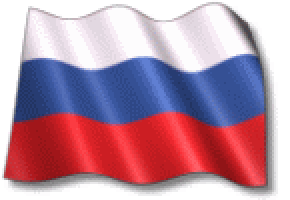 RU
RU  EN
EN CRYOMEDICINE CRYOMEDICINE 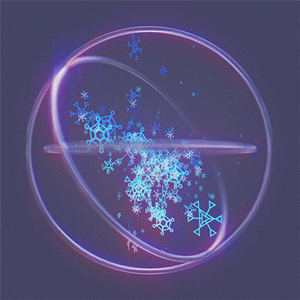 |




 : +7(916)525-61-42
: +7(916)525-61-42 : 5256142@mail.ru
: 5256142@mail.ru

CRYOGENIC TREATMENT AT
THE CENTER OF MEDICINE AND DENTISTRY
EDELWEISS
(LLC "Alexandria 24") Address: 1 Proletarsky prospekt,
Moscow, 115522. Working hours: seven days a week from 9.00 to 21.00 Phone numbers:
8(495)655-67-70 8(901)380-64-00
ABOUT OUR CENTER
Our Edelweiss Center for Medicine and Dentistry is located in the Moskvorechye-Saburovo district of Moscow, a 15-minute walk from Kashirskaya metro station. We offer a full range of dental and cryogenic treatment services at affordable prices. The Edelweiss Center for Medicine and Dentistry was established more than 10 years ago on the basis of the former Alexandria 24 clinic, in which the main focus was emergency and round-the-clock dental care for patients. Due to the expansion of the types of services and the treatment used, we have developed to the level of a medical center. In it, we provide a wide variety of services to the public, the main areas of our center are dentistry and cryosurgical treatment. Scientific supervisors and founders of the cryogenic treatment room at the Edelweiss Center for Medicine and Dentistry: MD, Professor, Department of Pediatric Surgery, Russian National Research Medical University V.V. Shafranov; Otorhinolaryngologist, Head. cryogenic treatment room GKB ¹60 Z.V. Kalmykova; Surgeon-oncologist V.V. Korsun. Cryosurgery is a highly effective treatment for a number of benign and malignant neoplasms and various diseases. The number of patients with benign and malignant skin growths is steadily increasing from year to year, all over the world. Cryosurgical treatment is used for many superficial neoplasms, both in common pathology and in pathology for which cryosurgical treatment is etiotropic and pathogenetically justified. In particular, it is the treatment of basal cell carcinoma, keloid scars, neoplasms associated with the human papillomavirus, common superficial neoplasms, etc. Among the various
malignant epithelial neoplasms
of the skin, basal cell
carcinoma (basal cell carcinoma) prevails
by a wide
margin from all
others. The typical localization
of basal cell carcinoma is usually
on the head, up
to 80-90% of cases on
the face. This location
of the tumor creates impressive
cosmetic damage, locally
stimulating tumor growth, leads
to disfiguring
destruction of the nose, jaw,
orbit and
auricles, and causes additional
psychoemotional suffering of the patient. The optimal choice
of treatment in this
case will
be cryosurgical treatment, which
we can
offer in
the cryogenic
treatment room of our Edelweiss
Center for Medicine and
Dentistry. |
|
PRINCIPLES OF CRYOSURGICAL TREATMENT Histologically, cryofreezing causes ischemia and necrosis by direct cell damage, thrombosis, and microcirculatory insufficiency. Factors contributing to the irreversibility of cell destruction during freezing include significant cell dehydration, leading to a sharp increase in electrolyte concentration, mechanical damage to cell membranes by ice crystals, as well as compression of cell bodies by these crystals, denaturation of phospholipids in cell membranes, cessation of intracellular fluid mobility, and the development of a focus of ischemic necrosis as a result of stopping blood flow in the volume of frozen tissue.
The faster the cooling,
the lower
the temperature reached, and
the slower
the thawing, the more
cells die. Other factors also influence the degree of tissue damage. Different cells, tissues, and organisms have different intrinsic sensitivity to cold: melanocytes and basal cells, as well as bacteria, die easily, while fibroblasts, collagen, nerve tissue, and blood vessels are relatively immune to cold injury, which causes the main cosmetic advantages of cryosurgery - minor effects on connective tissue and relatively small damage to blood vessels and nerves. The absence of damaging effects on the walls of large vessels and nerve trunks allows cryodestruction in the immediate vicinity of these neoplasms. Thus, the intensity
of cryodestruction depends on
the individual tissue's resistance
to cold,
its temperature
and cooling
rate, exposure,
as well
as the rate and time
of tissue thawing after
it. The main
advantage of cryodestruction is the phenomenon
of organotypic regeneration, that
is, healing
without a scar, or
healing with a mosaic regenerate,
including areas of organotypic
and scar
tissue. An important and distinctive factor in cryosurgical treatment is the immunomodulatory effect of stimulating specific antitumor, antiviral, antimicrobial, and antifungal immunity. |
|
CRYOSURGICAL TREATMENT METHODS |
|
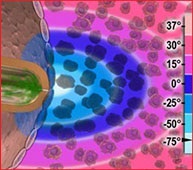 |
CRYODESTRUCTION APPLICATION
Cryodestruction is performed by a filler-type device,
in which liquid nitrogen
is located in its
tank and
cools the tip. If a cryoapplicator
is used,
it is
cooled in a special
container with liquid
nitrogen, after which
the cryoapplicator is applied to
the destruction area. The exposure depends
on the size of the tumor,
but averages
2-3 minutes,
less often up to 5-7
minutes. |
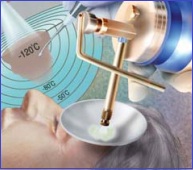 |
CRYODESTRUCTION SPRAY
Cryodestruction is performed using a portable serial device.
If necessary,
before the operation, select
a tube (fluoroplastic funnel) corresponding
to the diameter of the tumor. Then the tube is placed
on the tumor and
a stream of liquid nitrogen
is directed into it.
Cryotherapy is performed for 2-10
minutes. |
| Within 24 hours after treatment, inflammation develops, which contributes to the further destruction of the skin neoplasm under the influence of immunological mechanisms. | |
| Within 1 day after surgery, tissue edema and hemorrhagic bladder formation occur in the area of the postoperative wound; after 10-15 days, a dry black crust will form at the site of exposure; after 2-4 weeks, it will disappear and a delicate pink scar will remain in its place, which gradually fades. | |
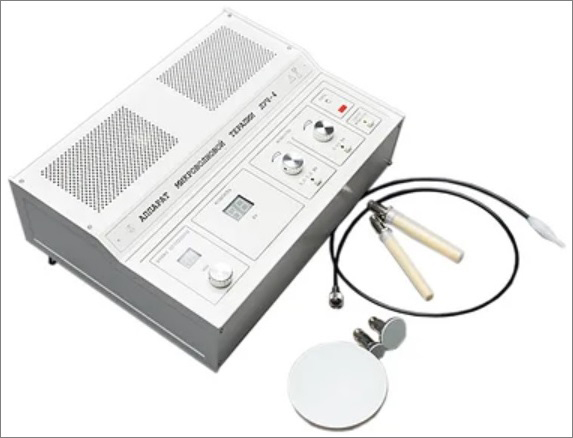 |
MICROWAVE RADIATION + CRYODESTRUCTION Pre-exposure to a microwave field
is used to prolong
the thermal (metabolic) barrier
and structural
resistance, i.e. to
increase the volume of cryodestruction.
Ultrashort radio waves are commonly divided
into meter,
decimeter, centimeter, millimeter,
and submillimeter
(micrometer) waves. Waves
with a wavelength of λ from 1 cm to
10 cm.
and a frequency
of v from 3 GHz
to 30
GHz –
centimeter band (CMB).
Immediately before the operation, the surgical area is irradiated
with a microwave field (CMB
range) for 5-10
minutes. With microwave cryodestruction,
it is possible to obtain a cryodestruction
zone 4-6
times larger
than the
"pure" cryodestruction zone. |
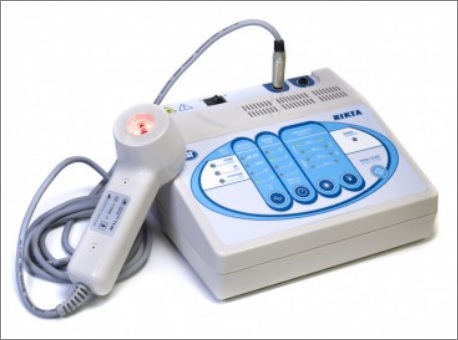 |
CRYODESTRUCTION + QUANTUM EFFECTS Multifactorial quantum exposure
is performed after cryodestruction,
usually several exposure
sessions are performed. Multifactor sources of electromagnetic
radiation use, at a
minimum, a permanent magnetic
field, a red light
source, a pulsed source
of infrared radiation and
a source of low-intensity infrared
laser radiation.
|
|
IT IS IMPORTANT TO KNOW !!!
The
global burden of malignant
diseases is gradually and
continuously increasing. In
most cases,
patients need new
radical and palliative
approaches in the treatment
of malignant diseases, which
leads to
an improvement in the quality of life
and an increase in the life expectancy
of patients. There are a large number of borderline precancerous diseases, benign neoplasms, in the absence of treatment or inadequate treatment of which their malignancy is possible – that is, the acquisition by cells of pathologically altered body tissue and even normal body cells of the properties of a malignant tumor. Malignancy is based on violations of the processes of cell differentiation and proliferation. Cryosurgical interventions
are one
of the promising directions
in the treatment of a number of diseases,
including malignant ones, especially
due to
the development of new technical
capabilities for delivering
cryoagent directly to
the site of cryodestruction,
visualization of the cryodestruction process itself,
the possibility of its programming
and the development of such areas
of medicine as cryoimmunology.
It is extremely important that cryosurgical treatment of these diseases be performed by specialists in the field of medicine, surgeons, oncologists who have received special training in cryomedicine and, in particular, cryosurgical treatment. In addition, the clinical experience of doctors who use cryosurgical treatment of various diseases in their practice is important for conducting competent preoperative screening of patients, choosing cryosurgical treatment methods and tactics after surgery, and follow-up of patients. Cryosurgical interventions should be performed in specialized licensed medical institutions that provide medical care to patients, primarily with surgical diseases. |
|
 |
ADVANTAGES OF THE CRYOSURGICAL TREATMENT METHOD
Good cosmetic effect (usually absence of scars and other defects). Good long–term results of the operation (as a rule, the minimum number of recurrences). The anesthetic effect of the operation itself (usually there is no need to use additional anesthesia methods). The hemostatic effect of the operation itself (as a rule, without bleeding and without pronounced hemorrhagic discharge). The immunomodulatory effect of the operation itself and the ablasticity of the method (prevention of relapses or progression of the disease, often in combination with the use of immunocorrection drugs). The absence of intoxication and the good tolerability of the operation itself are performed on an outpatient basis (these operations can be performed without hospitalization or in a one-day hospital). |
 |
POSSIBLE UNDESIRABLE EFFECTS OF THE CRYOSURGICAL TREATMENT
Long-term healing of the postoperative wound (at least 10-15 days). It is possible to develop prolonged (for several days) perifocal edema (edema of surrounding tissues). It is possible to use repeated cryodestruction sessions in the area of the postoperative wound (mainly for large and voluminous neoplasms). It is possible to develop an unexpressed hypopigmentation in the area of the postoperative wound (it may disappear after a long time – at least several months). |
 |
CONTRAINDICATIONS TO CRYODESTRUCTION
Few contraindications are mainly related to concomitant diseases, in which an excessive reaction to cold and/or a slowdown in healing processes are possible. Relative contraindications: cold intolerance; collagen or autoimmune diseases; concurrent treatment with immunosuppressive drugs; pyoderma gangrenosa; multiple myeloma; Raynaud's disease; Burger's disease. Absolute contraindications: rapidly progressing sarcoma; disagreement with possible pigmentation changes; negative perception of cryotherapy. |
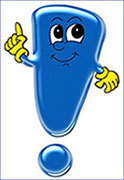 |
CONCLUSIONS AND RECOMMENDATIONS ON CRYOSURGICAL TREATMENT
The cryosurgical method is one of the competitive methods of treating oncological diseases, as it is highly effective, ablastic, bloodless, painless, with an immunomodulatory effect, with a good cosmetic effect, with a good prognosis and is easily tolerated by patients. The
cryogenic treatment method
in the presented variants
does not cause intoxication
and is accompanied by minimal operational
risk, it is applicable even
with contraindications
to traditional surgical treatment. The simplicity of the cryosurgical treatment method allows it to be widely used in daily practice in both a cryotherapy room and an operating room. The use of cryosurgery is very effective, allows you to achieve a positive result and is a new technology, as well as an alternative to traditional methods of treatment. Achieving positive results of the cryosurgical method is possible only when treated by surgeons and oncologists specializing in this method of treatment and during treatment in a specialized medical institution of a surgical profile. |
|
THE EQUIPMENT OF OUR CLINIC FOR CRYOSURGICAL TREATMENT |
Nitrogen storage and transport equipment: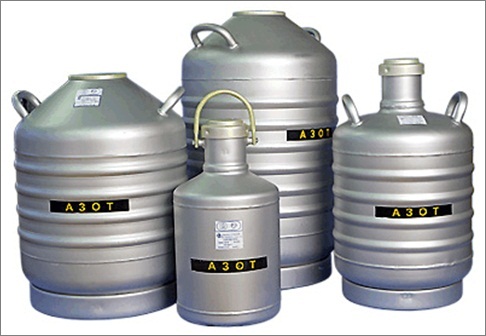 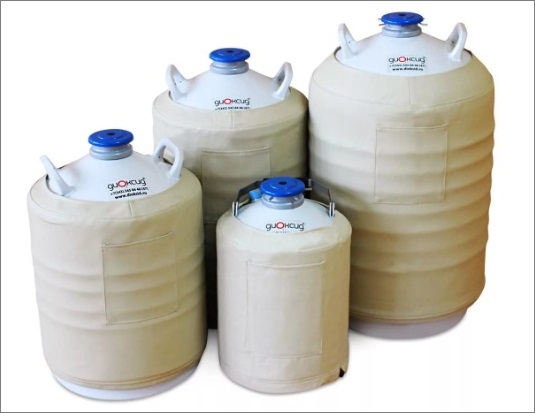 |
Equipment for application cryodestruction: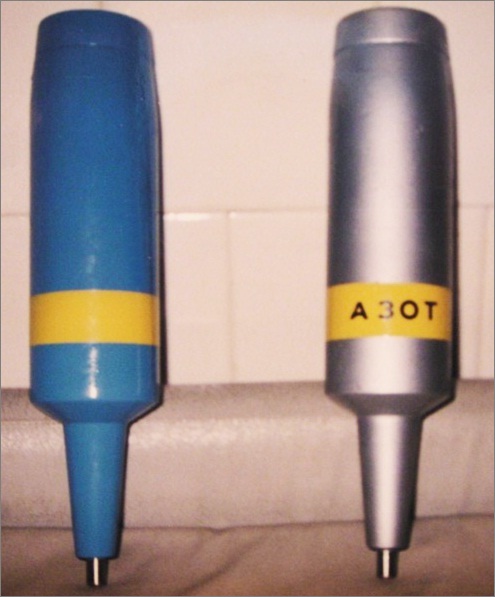 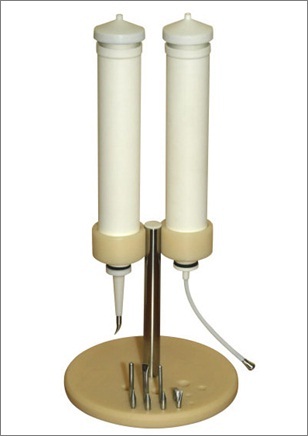 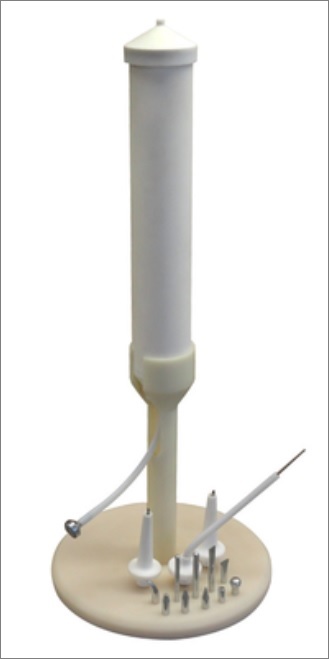 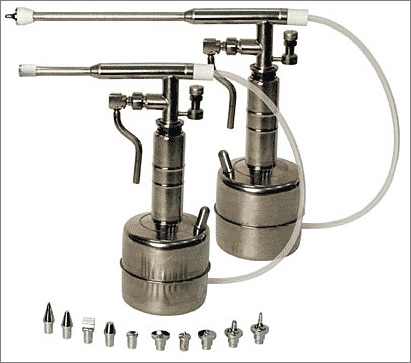 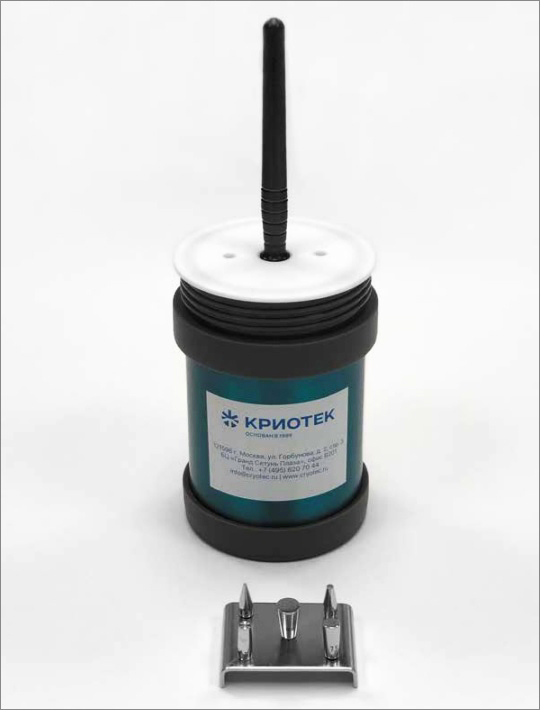 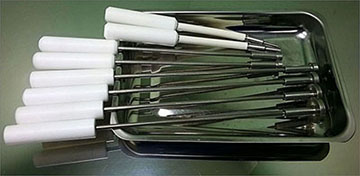 |
Spray cryodestruction
and cryotherapy equipment: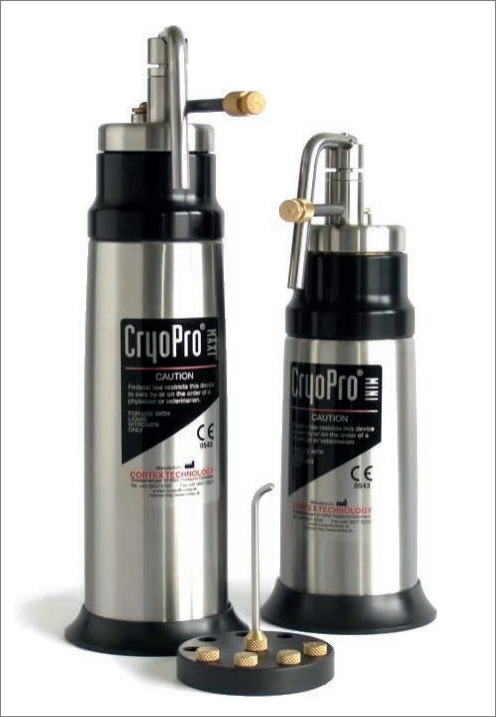 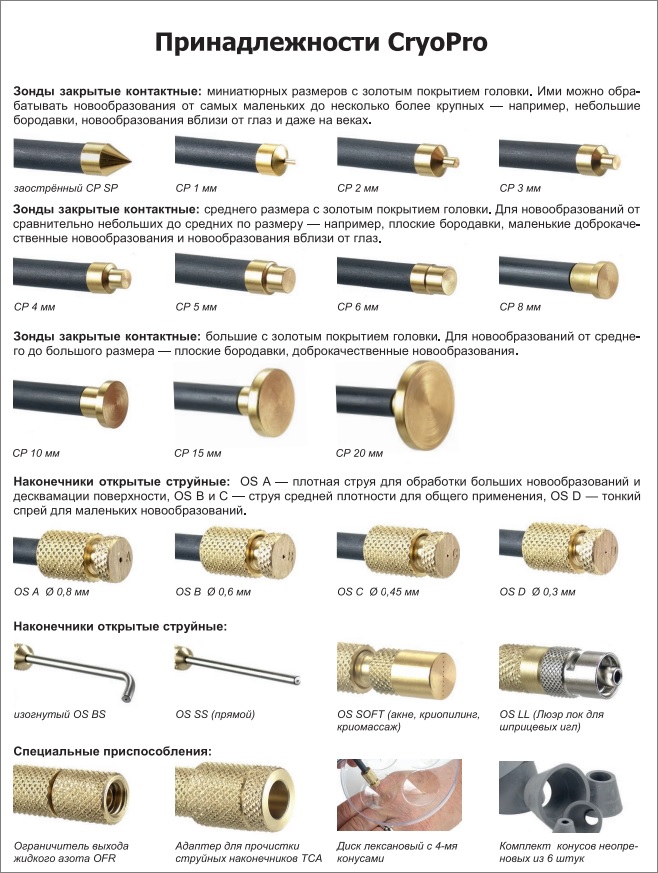 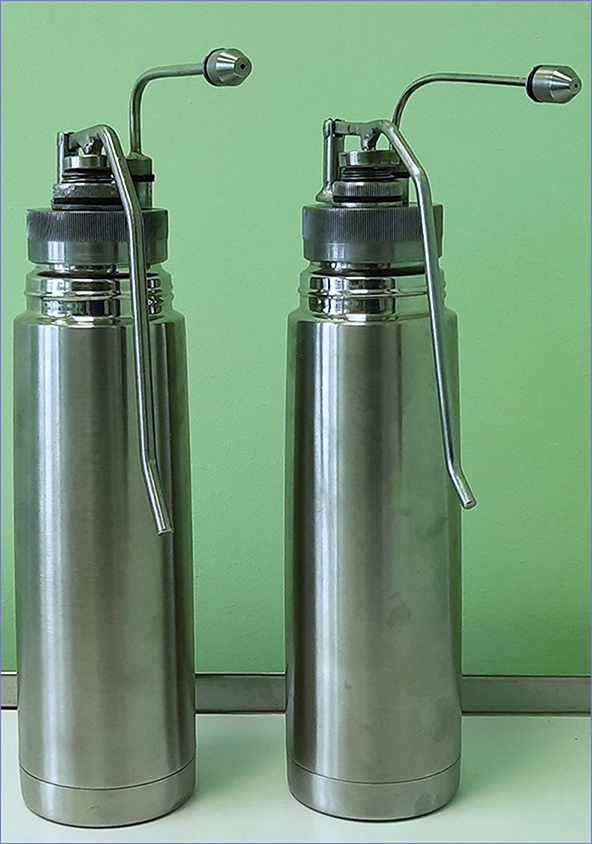 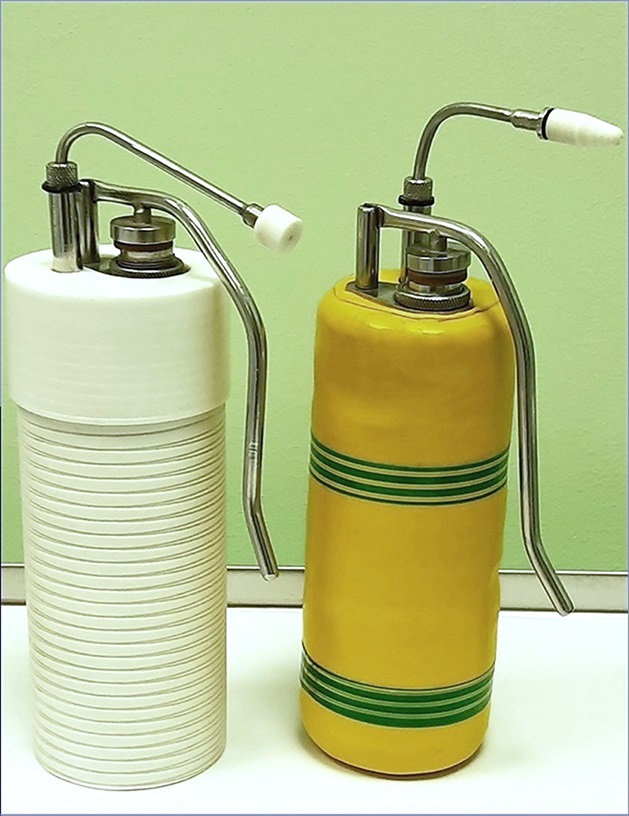 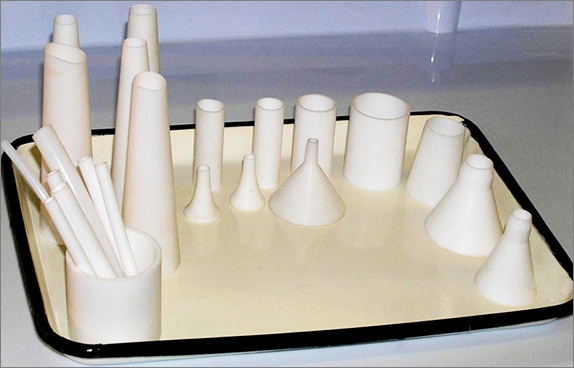 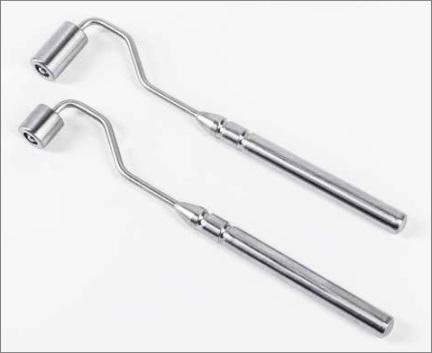 |
Cryodestruction equipment using microwave radiation
and multifactor
quantum effects: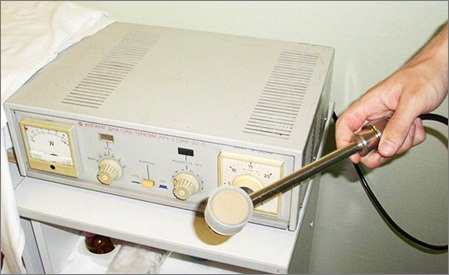 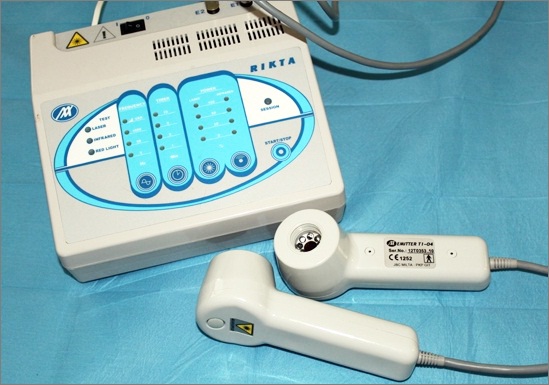 |
THE POSSIBILITIES
OF CRYOSURGICAL TREATMENT IN
OUR CLINIC
|
|
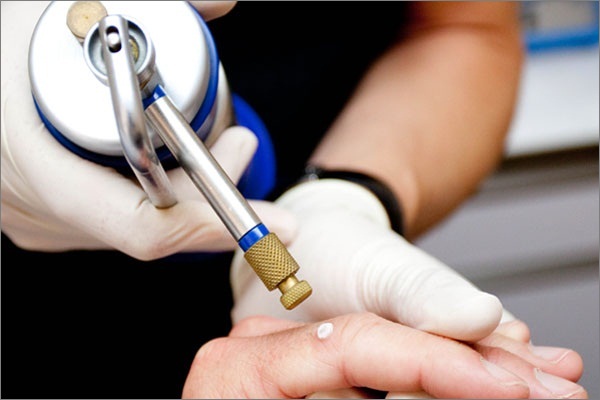 |
The Edelweiss Center for Medicine
and Dentistry
offers a wide range
of cryosurgical treatment services
for various
diseases: Benign neoplasms of various localization
and prevalence
(papillomas, hemangiomas, nevi, dermatofibromas,
acanthomas, keratomas, epidermal
cyst, cutaneous
horn, etc.); Malignant neoplasms
of various localization and prevalence
(basal cell carcinoma); Viral infections
of the skin and mucous
membranes (molluscum contagiosum,
warts, warts); Keloid and hypertrophic scars; Otorhinolaryngic diseases; Diseases of the urinary and reproductive system. Our center provides cryotherapy
for diseases such as
solar lentigo,
alopecia areata, etc. Cryocosmetological procedures are performed: cryomassage and cryopilling. |
 |
 |